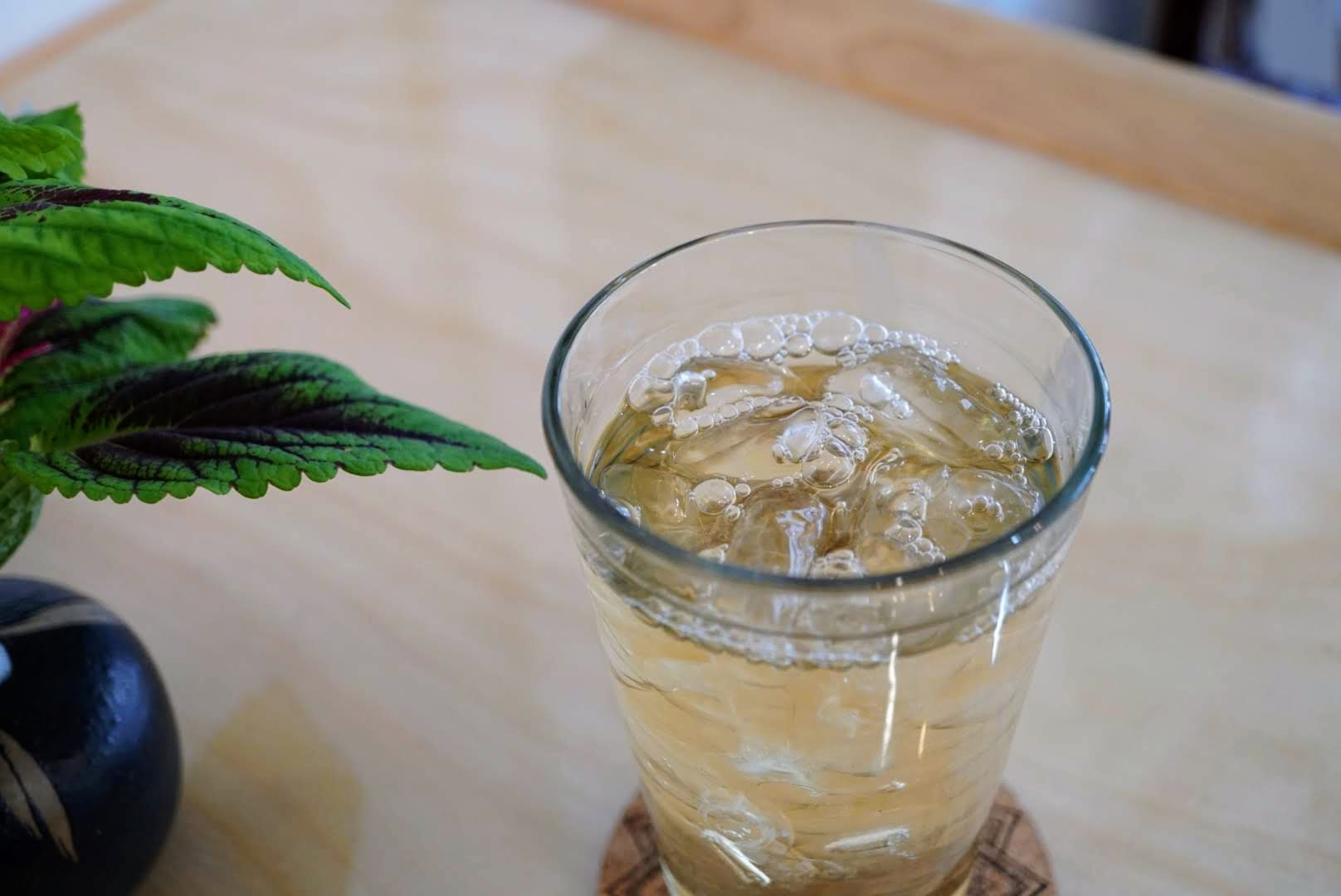
Cold Brewing Darjeeling Tea, Heaven in a Cup
The tradition of cold brewing tea is old. It is believed to have originated in Japan, where people poured cold water over tea in a pitcher that was left to sit for hours in the coolest part of the house. The resultant brew was cool, smooth, full of flavor with little bitterness.

One of the teas that we have enjoyed most cold brewed is first flush teas from Darjeeling and Nepal. The delicate notes of the spring teas are more enhanced and the cold temperature add a sparkle and sweetness. It makes the tea very rounded and refreshing which is very different in its a hot form or even as an iced tea.
We suggest you try cold brewing our Darjeeling first flush or the Himalayan Spring from Nepal. It is very easy to prepare. Follow the recipe below.
Instructions for cold brewing
(makes a gallon)
- Place 2 oz tea in a pitcher.
- Pour room temperature water over the tea.
- Stir gently to make sure all the leaves are wet.
- Put in in the fridge and let it steep overnight (around 6-8 hours).
- Remove the pitcher from the fridge and strain the tea leaves.
- Your super delicious cold brew Darjeeling is now ready to be enjoyed.
Cold brew sometimes considered better than iced tea.
Flavor: Cold brew tea definitely has a smoother and less bitter flavor compared to traditional iced tea. The slow extraction process used in cold brewing results in a mellower taste by minimizing the release of tannins and other bitter compounds. It allows the natural flavors and sweetness of the tea leaves to come through, creating a more nuanced and balanced beverage.
Less bitterness and astringency: Cold brew tea is known for its lower levels of bitterness and astringency. When tea is steeped in hot water, these components are extracted more rapidly, resulting in a sharper taste. Cold brewing, on the other hand, reduces the extraction of these compounds, resulting in a less harsh and smoother drink.

Reduced acidity: Cold brew tea typically has lower acidity than iced tea. The hot water used in traditional brewing methods can bring out more acidic compounds from the tea leaves. Cold brewing minimizes the release of these acids, resulting in a drink that is gentler on the stomach and potentially more suitable for people with sensitive digestive systems.
Limited oxidation: Cold brew tea is prepared by steeping tea leaves in cold or room temperature water for an extended period. The absence of heat helps to limit the oxidation of tea compounds, preserving their delicate flavors, aromas, and potentially even their nutritional properties.
It's important to note that personal preferences can vary, and some people may still prefer the taste of traditional iced tea. However, the factors mentioned above contribute to the perception that cold brew tea offers a smoother, less bitter, and more nuanced drinking experience.



